The trailer will not move, there are no platforms left: Stalin's road of death in the Arctic
Categories: History
By Pictolic https://pictolic.com/article/the-trailer-will-not-move-there-are-no-platforms-left-stalins-road-of-death-in-the-arctic1.htmlOn the outskirts of Salekhard, the capital of the Yamalo-Nenets Autonomous Okrug, the remains of the abandoned Salekhard—Igarka railway, also known as the Railway of Death, the Road of Death and the Dead Road, lie almost on the Arctic Circle itself. The length of this railway line, according to the plan of the Soviet leadership, was supposed to be about 1300 kilometers. It was planned that it would become part of the Stalin Transpolar Highway - a railway of gigantic proportions that would connect the western and eastern parts of Siberia, from the city of Inta in the Komi Republic through Salekhard to Igarka, located on the banks of the Yenisei. The project of the line was never completed, but tens of thousands of people died during the construction of the road.
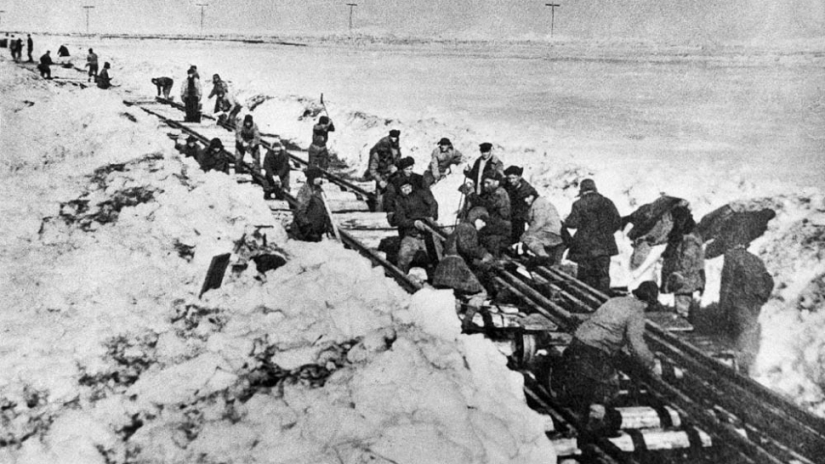
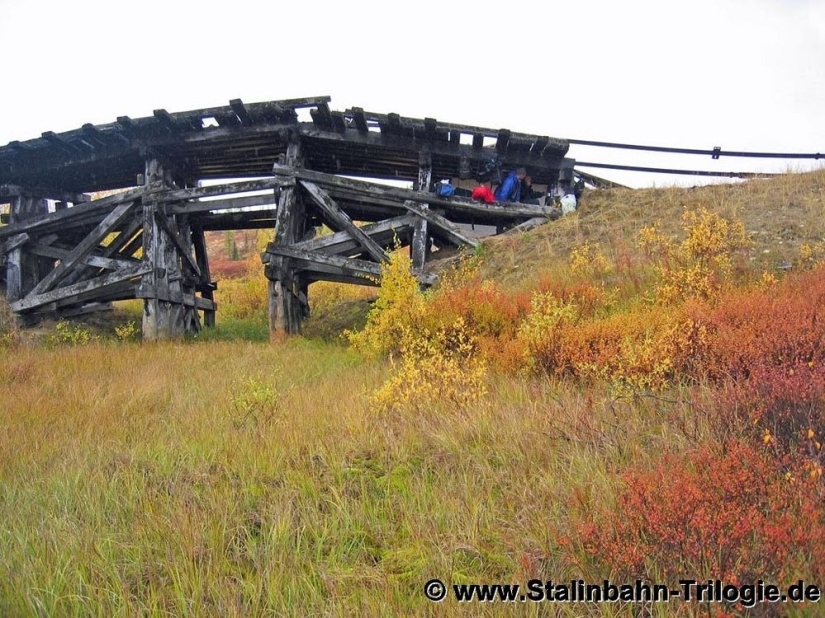
Most of the workers who took part in the construction of the road were prisoners of GULAG labor camps, where those convicted of political crimes were sent. However, political crimes at that time included a very wide range of violations of the law, from composing poems that were incorrect from the point of view of the official authorities and staying in German concentration camps to stealing beets in order to feed hungry children. Such people were called enemies of the people and sent to GULAG camps, where prisoners experienced countless hardships and were subjected to terrible bullying.
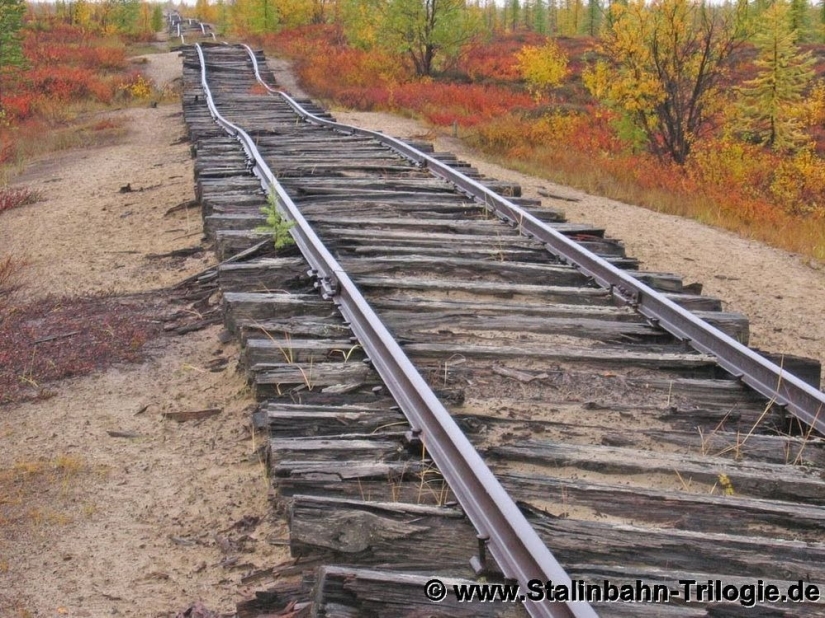
Initially, the plans included the construction of a port in Salekhard on the Ob River and the implementation of transport supplies by water from large industrial enterprises, such as the nickel plant in Norilsk. However, when it turned out that the mouth of the Ob River was too shallow for sea vessels, it was decided to build a port in Igarka on the Yenisei River. With the help of the first part of the highway, it was planned to connect Salekhard with Igarka with a possible further extension of the road from Igarka to the southeast, to the Trans-Siberian railway.
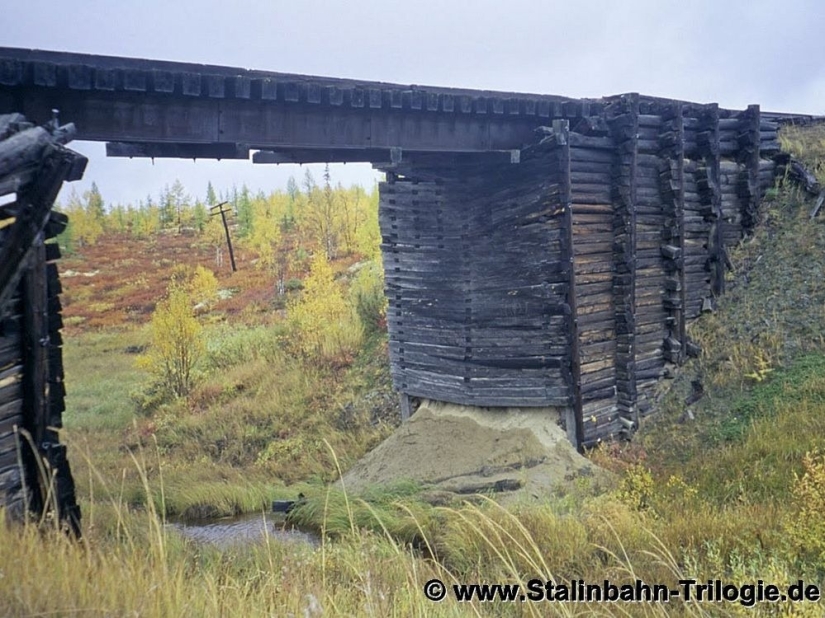
But the reality was different from the management's plans. Despite Stalin's ambitious plans to conquer the Arctic nature, there was not much demand for this railway line. Siberian factories were already quite acceptably served by existing railways that ran much further south, and the Yamalo-Nenets Autonomous Okrug itself was too isolated and sparsely populated for the road to be so necessary.
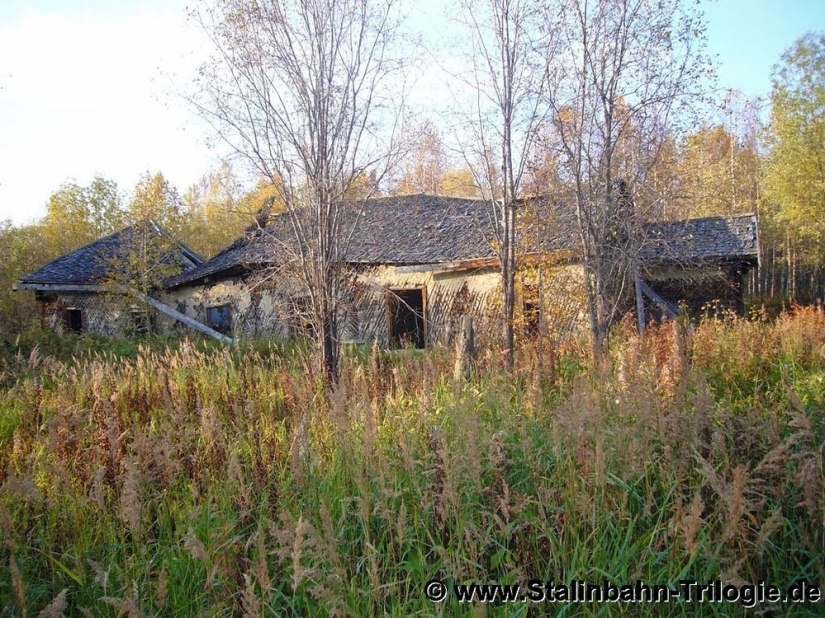
The working conditions were very harsh. In winter, the temperature dropped to -60 degrees Celsius, and the winds during blizzards chilled to the bone. In summer, giant clouds of creepy mosquitoes brought disease and death with them. The price of life was low, beatings were not uncommon, and only the strongest, stable and strong-minded survived in these conditions.
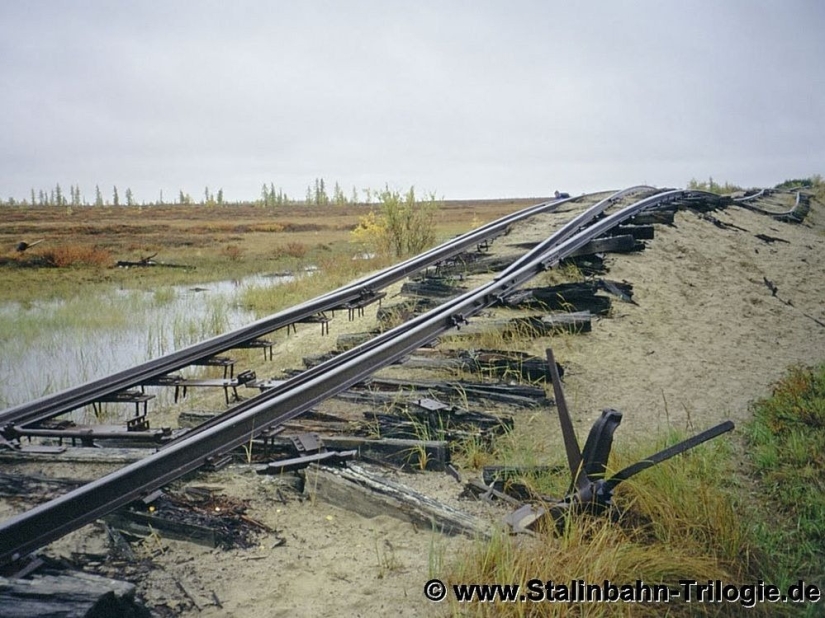
Serious technical problems related to laying a railway in the middle of permafrost have not been solved. Due to the lack of equipment, logistical difficulties and lack of materials, the quality of work was at a very low level. Bridges were collapsing, and meltwater and rainfall eroded the embankments.
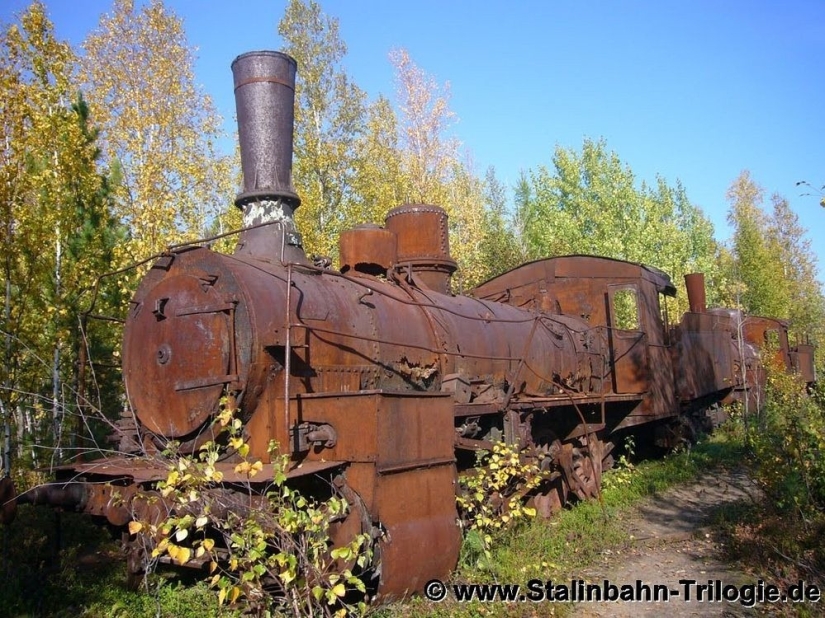
With Stalin's death in 1953, the work stopped. By this time, the amount spent on the construction of the polar railway amounted to about 42 billion Soviet rubles in 1953 (which is about 10 billion dollars in 1950).
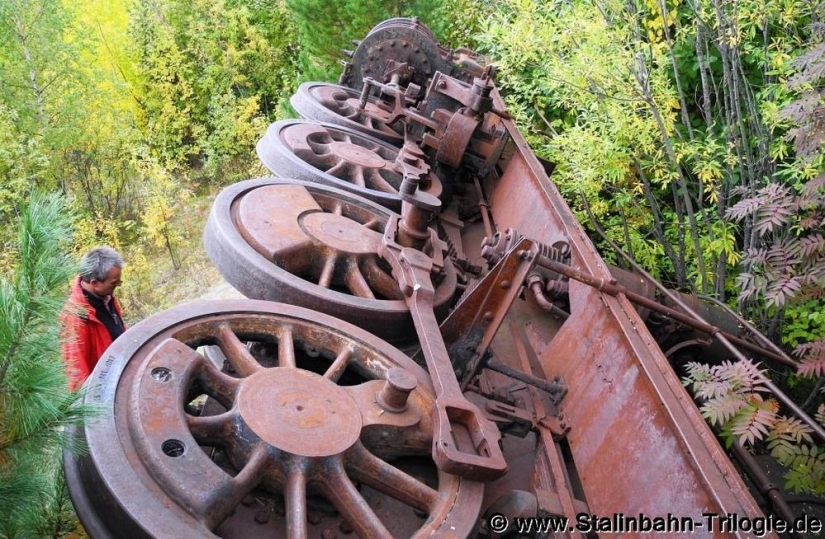
It is unlikely that the exact number of workers killed during construction will ever be known. It is believed that about a third of those who took part in the construction died.
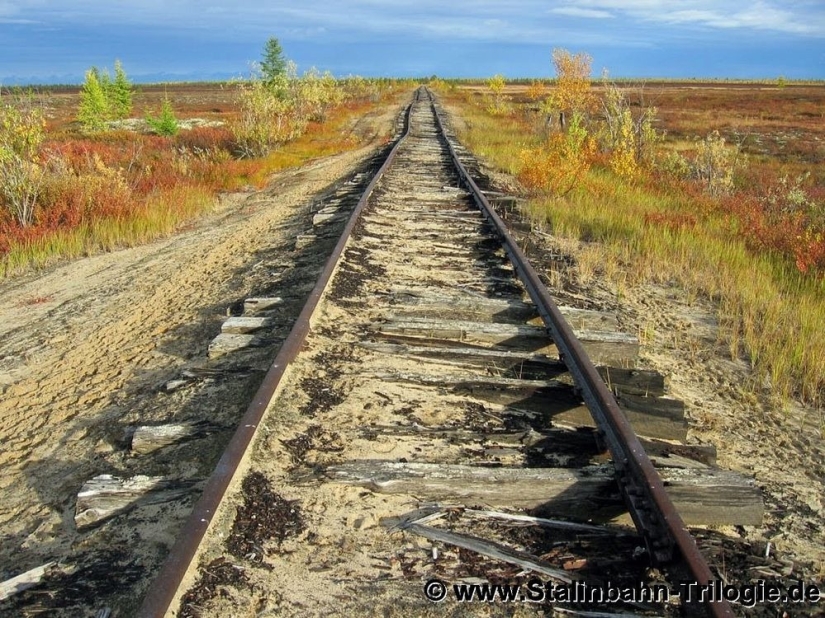

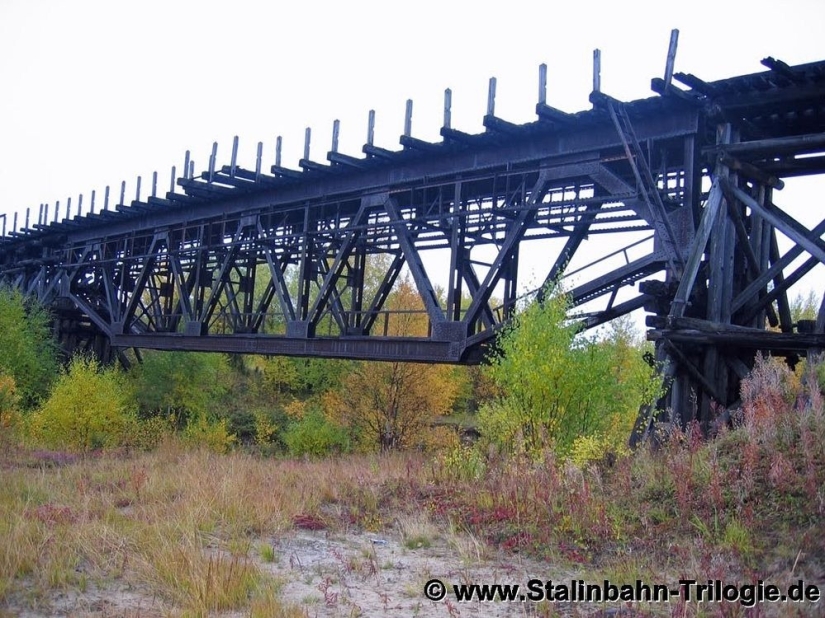
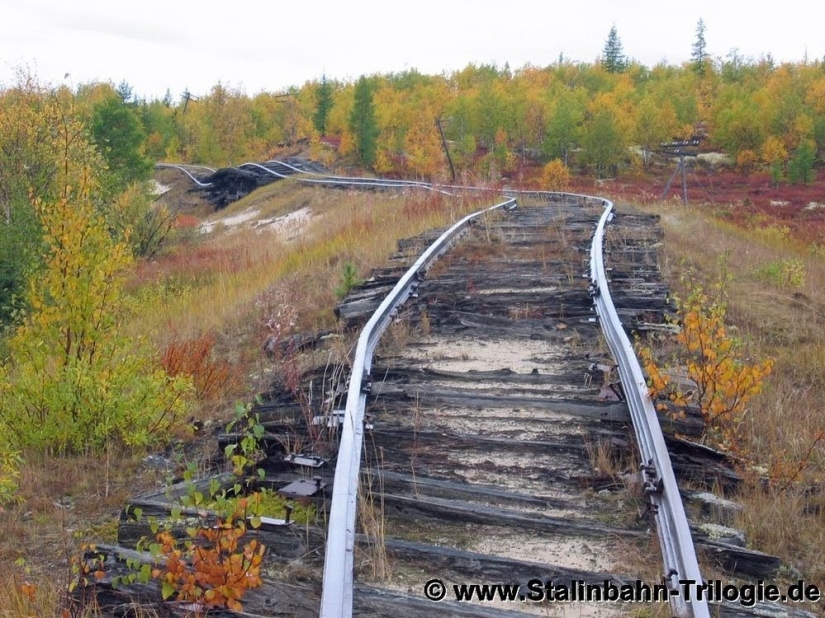
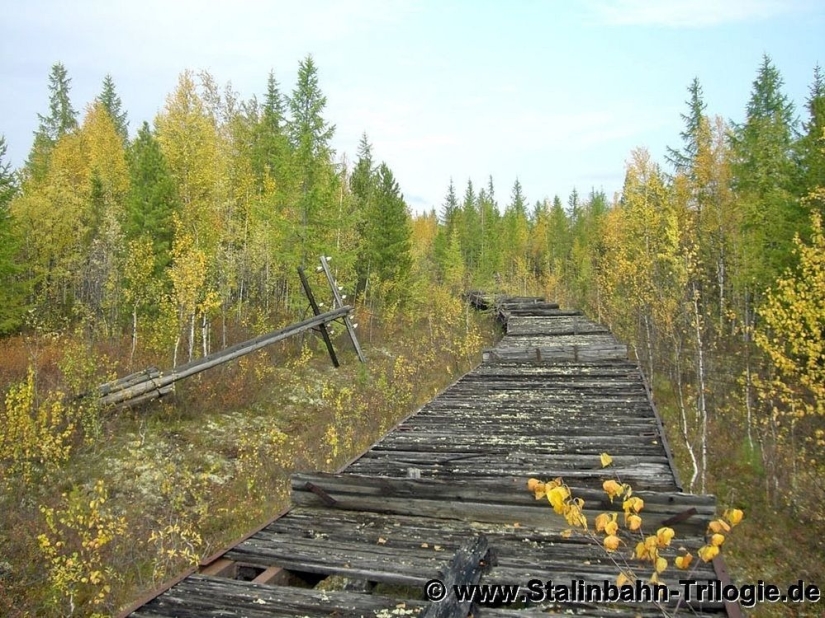
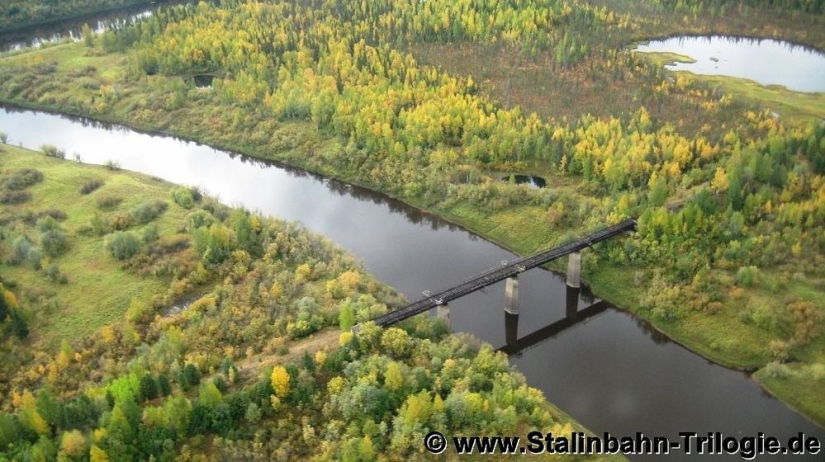
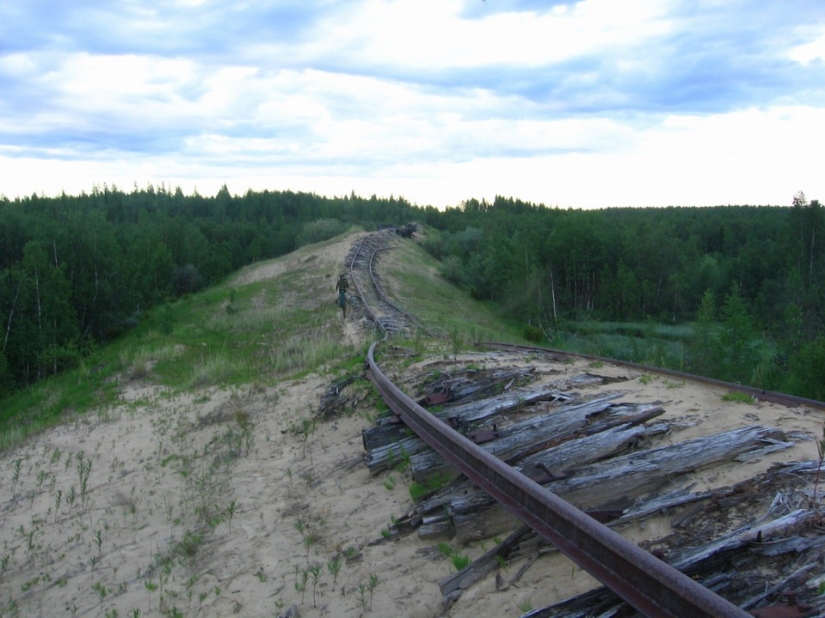
Keywords: GULAG | Railway | Communism | Arctic circle | Past | Repression | North | USSR | Stalin | Construction
Post News ArticleRecent articles

There is hardly a person who is in your life for once would not have heard the comparison is "right as rain". That's just the ...

At all times, masters have created objects with secrets, striking with fine work and complex construction. The first such products ...
Related articles

The period of the Civil war will forever remain in history as a time of anarchy, violence and destruction. This era has produced ...

When choosing train tickets, we usually do not pay attention to where exactly the car is located: at the beginning of the train or ...

The capital of the Chinese province of Heilongjiang, Harbin, is located at a considerable distance from the border with Russia. ...

The breakfast of the Sun King, Louis XIV, became a real ritual at the Palace of Versailles. This French monarch, known for his love ...